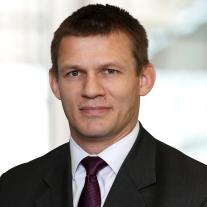
Steve Freihon/Related-Oxford
New York, New York
We’re working to decarbonize the world’s largest sources of greenhouse gas emissions.

We’re helping decarbonize the power sector and heavy industry in every way: Supporting the safe deployment of carbon capture and storage technologies. Improving the safety of energy storage facilities. Developing novel foundation and mooring concepts for offshore wind farms. Contributing to the development of next-generation modular reactors. And electrifying transportation systems.
Our decarbonization solutions can benefit you in a wide variety of areas:
Hiva Nasiri Shares Insights with Facilitiesnet
Hiva Nasiri Joins Applied Science Practice
COP28 and Carbon Capture
Climate Action: Nuclear Energy
Energy Supply and Carbon Capture